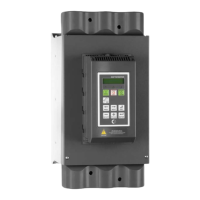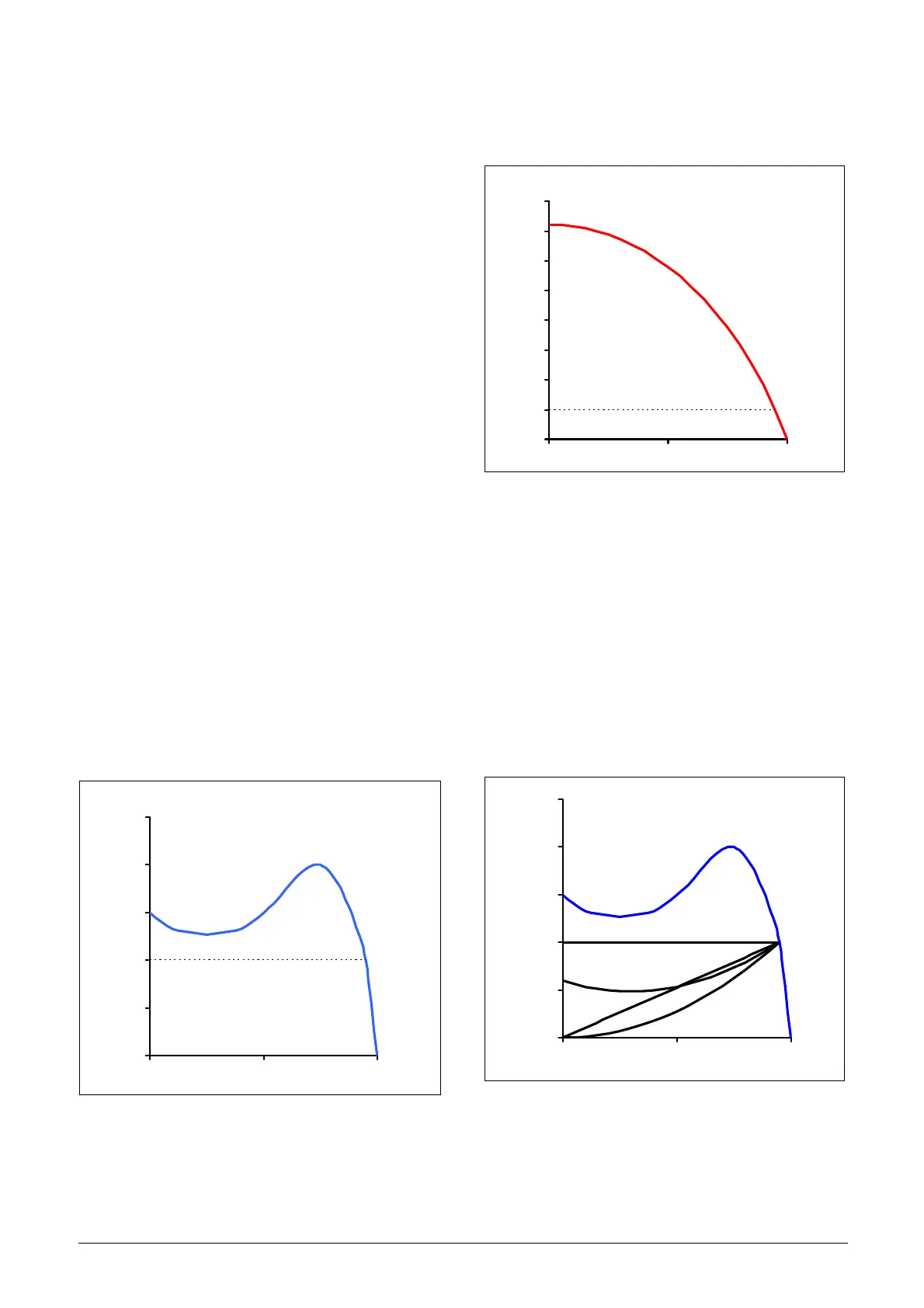CG Drives & Automation 01-5980-01r2 Softstarter theory 143
10. Softstarter theory
In this chapter different starting methods for induction
motors are explained and compared. The functionality of
softstarters with torque control and their advantages and
limitations compared to other starting methods are
explained.
First a brief account of the background theory of starting
induction motors will be given in section 10.1. Thereafter
the different starting methods based on the usage of reduced
voltage will be described and compared. This chapter will
also cover softstarters with torque control. In section 10.3,
some common starting methods based on other physical
principles are explained. With this information some
limitations of the reduced voltage starters will become clear.
In section 10.4 there is a brief analysis of which applications
may benefit from using a softstarter.
10.1 Background theory
The following two sections deal with motors with squirrel-
cage rotors. In contrast to a wound rotor, the squirrel-cage
rotor consists of straight conductors, which are short-
circuited together at both ends.
When such a motor is connected directly to the line voltage
it will typically draw a starting current of about 5 to 8 times
its nominal current while the resulting starting torque will
be about 0.5 to 1.5 times its nominal torque. In the
following picture a typical starting characteristic is shown.
The x-axis represents the speed relative to the synchronous
speed while the y-axis shows the torque and the current
respectively, with those quantities normalised to their
nominal values. The dashed line indicates the nominal
values.
Fig. 83 Typical torque characteristics for the DOL start
Fig. 84 Typical current characteristics for the DOL start
For many industrial applications direct on-line starting is
not convenient, as the supply in this case has to be
dimensioned to deliver the unnecessarily high starting
current. Moreover, most applications do not gain anything
from the high starting torque. Instead there is a risk of
mechanical wear or even damage because of the resulting
jerk at speedup.
The acceleration torque is determined by the difference
between motor and load torque. The figure below shows
some typical torque characteristics for constant speed
applications. For comparative purposes, the induction
motors’ torque characteristic is added to the diagram.
Fig. 85 Typical load torque characteristics
0
0,5
1
1,5
2
2,5
00,51
Torque
T/T
n
n/n
s
0
1
2
3
4
5
6
7
8
00,51
Current
I/I
n
n/n
s
0
0,5
1
1,5
2
2,5
00,51
Torque
T/T
n
n/n
s

